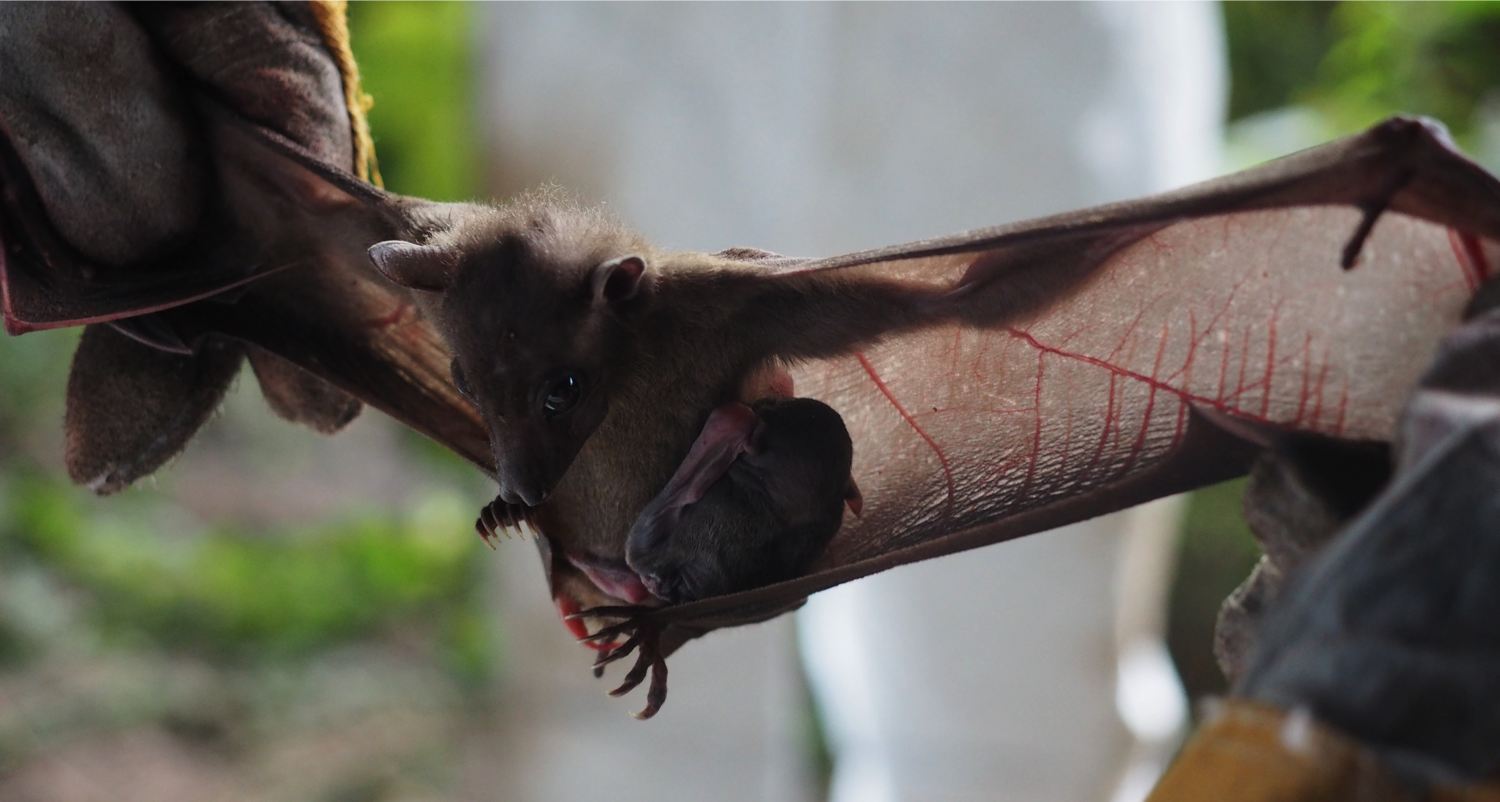Bat Diaries: Prologue
Cross-posted on The Health for Animals and Livelihood Improvement (HALI) Project
Slowly but surely, bit by bit, I’m going to invite you to make your your way through my field experience in Tanzania, wherein I teamed up with an amazing bunch of individuals to find out where the bats fly to.
Every evening come dusk (or a little before, truth be told), Eidolon helvum, also know as the straw-colored fruit bats, start swarming above their tree roosts like bees, imagine if you will, but bigger and spread higher and wider across the sky. They circle above you for what seems like an eternity, and then just as you start questioning the wisdom of standing under hundreds of flying bats (and their droppings, but that’s when PPE comes into play right?), they spread out and make their way towards lands unknown for yet another night of foraging. No one knows where they are going, just that they go somewhere. No one who sees bats flying around knows where they are coming from, just that they come from somewhere. That’s where we stepped in, and decided to unearth us some bat traveling secrets.
And so, the Bat Diaries will chronicle my journey to Morogoro, Udekwa, and Illovo, three vastly different places in Tanzania united by the warmth of the local people, beautiful landscapes, and delicious ugali. Three places where the VISHA team braves the elements of the capricous seasons, to sample bats so we know more about what viruses they’re shedding, and when they’re more likely to shed them. Except this time, I was lucky enough to tag along with the team, and get to do some bat tracking!
Did I mention only straw-colored fruit bats above? Well, we also sampled the Egyptian fruit bat (Rousettus aegyptiacus), like the adorable mom bat pictured here.
